Have you ever wondered how Belgium came to be so renowned for its high quality chocolate prowess and culture? Belgian chocolate history is a mix of colonization, ingenuity and innovation folded into a rich, delicious and creamy batter to produce the mouth – watering chocolate pieces enjoyed by all for centuries.
Sweet Backstory
Article Contents
We are all familiar with chocolate originating from the cacao bean, but do you know that the first cacao bean cultivation is by the Olmecs, Mayans and Aztecs in South America? The cacao bean is native to the Amazon Basin so it is no surprise that the original people of the area cultivated the bean for its use as beverage, food, currency and in sacred traditional rites.
The name “cacao” comes from the Aztec word, “cacahuatl”, where the Latin name for cocoa is Theobroma cacao, conferred upon it by a Swedish botanist, Charles Linne. Theobroma means “Food of the Gods”.
The Spaniards discover the cacao bean in 1502 through Christopher Columbus’ voyages and realize its importance when they observe the natives offer cacao beans as a precious gift. The first chocolate drinks the Spaniards were offered were too “spicy” for them, probably because the natives mixed in vanilla and other herbs.
Fun fact: Chocolate drinks were often given as a sedative to ritual victims right before sacrifice and of course, it is assumed that herbal narcotics were included in the beverage to induce a high.
Since Spain ruled Belgium, the Netherlands and countries in the region during this era, the Spaniards brought back the cacao bean from South America to the European countries it ruled hence Belgium benefited from the sweetness of this humble but illustrious bean. Thus began Belgium’s chocolate history with its renowned chocolate innovations.
During Belgium’s colonization of Congo in the 19th c., cacao was introduced to the area, a private colony of King Leopold, and plantations sprouted along the Congo River in the 1920s and 1930s. If you know anything about Belgium’s atrocities in Congo, then you know that enslaved labour was used in the name of the King to harvest cacao beans and to plunder natural resources for the enrichment of the Belgian monarchy.
Back in Belgium before the rise of chocolate as a confection, apothecaries and chemists were professionals that sold chocolate at the time and they were sold as medicinal tonics and sweets. In fact, in 1840, Berwaerts sold the first pressed chocolate tablets and pastilles to citizens.
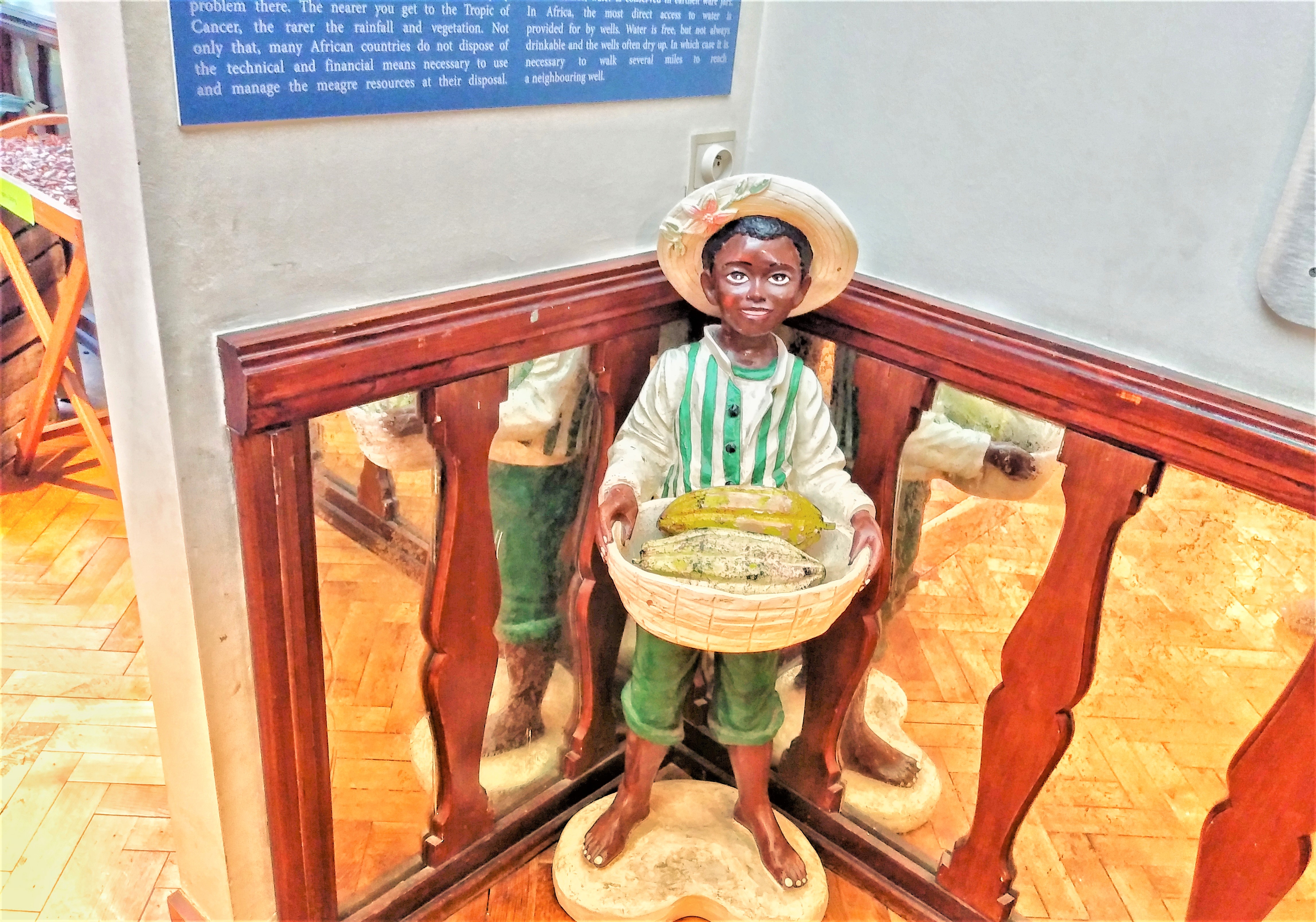
Statue of African child carrying cacao beans during Belgium’s colonization of Congo. As seen at the Choco-Story Museum. Brussels.
Cacao Varieties
There are three distinct cacao types that give unique flavours and textures depending on their origin and each one of them is suited to particular cocoa based uses.
Criollo. Referred to as the “original cacao tree”, it is native to parts of South America but now cultivated in Central America. It accounts for up to 5-10% of global cocoa production, is easily processed and is delicate and pleasant on the tongue.
Forastero. This is currently the cacao variety cultivated in West Africa, Brazil & Ecuador and it has a flat flavour. Forastero accounts for up to 80% of global production.
Trinitario. A hybrid cacao variety from Trinidad, it is fine and suited for cocoa butter. This variety accounts for up to 10-15% of global production.
Chocolate Country
You cannot escape chocolates and chocolatieries in Belgium, especially Brussels, even if you tried. Grand Place, Place d’Espagne, highly trafficked shopping areas and every single high-end mall are awash with master chocolate houses and artisanal chocolatieries. For example, Galeries Royales de St. Hubert, a beautiful mall near Grand Place, is full of so many chocolate houses that for once in my life, my senses are truly overwhelmed.
To experience Belgium’s chocolatieries up close and personal, you can embark on a self-guided Brussels chocolate tour by mapping out all sweet spots around Grand Place or you can wander in and out of chocolate houses on main boulevards and alleys whilst simultaneously exploring the area.
I discover some unexpected TinTin murals and other street art whilst “getting lost” around Grand Place and this area is highly recommended for its amazing architecture, quirky museums, waffle houses and chocolatieries.
If you are keen on a chocolate guide, you can find a Brussels chocolate tour at a discount using the Brusselscard, which I highly recommend if you will be visiting museums, attractions and using public transit. Click To TweetIn addition, there is a Choco-Story Museum in the vicinity of Grand Place that tells Belgium’s chocolate history from discovery of the cacao bean by the Spaniards to current cacao bean production and chocolate consumption in Belgium and its neighbours.
The Choco-Story Museum also has praline-making demonstrations and tastings done by a pastry chef with many unique flavours. We have praline mixed with cayenne pepper and as much as I love pepper, I cannot say that I am too fond of that combination. Nevertheless, it is good to try and we try other delicious flavours too, so all is not lost.
Access to the Choco-Story Museum is free with the Brusselscard.
RELATED: 20 Historical & Fun Facts You Probably Didn’t Know About Belgium
Tip: The Brusselscard sells from the Visitor’s Centre within the Old City Hall at Grand Place. The Brusselscard comes with a map+guidebook with several Brussels chocolate tasting tours at a discount as well as mixed beer tasting and chocolate tours. Get the Brusselscard for the freebies and discounts. It is highly recommended.
Currently, there are more than 320 chocolatieries in Belgium and most are accommodating of diet restrictions. For example, I discover that Darcis has lactose and gluten-free chocolates and I am thrilled because I am semi lactose-intolerant. They even have opium flavoured chocolate available and I buy a box. Clearly, the opium is in very insignificant quantities as I am still sane and standing. Lol.
Belgium produces over 600,000 tonnes of chocolate and exports over 578,000 tonnes with 6kg of chocolates consumed per person. Phew! These are all produced from 190,000 tonnes of raw cacao that arrive at the Antwerp port from Ghana and Cote d’Ivoire in West Africa.
Just so you understand the significance of Belgium’s chocolate history, Antwerp is the second-largest cocoa port in Europe after Amsterdam, and it acts as a strategic delivery base to cocoa industries of neighbouring countries. As of 2016, Belgium imports the bulk of its cacao beans from Cote d’Ivoire with Ghana a far second and Dominican Republic a very distant third.
Chocolate Masters
We are familiar with the leading Belgian chocolate houses like the famous Neuhaus, Godiva, Leonidas, Jacques, Callebaut and Cote d’Or that lead the pack because of innovations, inventions and instrumental parts played at the inception of chocolate making in Belgium beginning in the 1850s. Now, let us see how the main players began their foray into the sticky and sweet world of chocolate.
Neuhaus. Ever wonder how our beloved pralines came to be? You guessed it. From Belgium! A regular ol’ chemist named J. Neuhaus, opened a pharmaceutical confectionery in downtown Brussels where he sold pieces of chocolate and liquorice.
As mentioned earlier, chemists and apothecaries traded in chocolate on the side as chocolates were prescribed as medicine in some form. In 1912, his grandson, Jean, begins selling chocolate cups filled with praline and a few years later in 1915, his wife invents the ballotin, the box in which pralines are carefully packed in today.
Godiva was started by three brothers in the mid-1920s in the basement of a family home in Molenbeek, Brussels. In the wake of WW 2, they called the fledgling business Godiva and opened shops in Brussels.
Leonidas. Leonidas Kestekides was born in Greece and hawked granita and sweets with his brother to survive an unstable political climate in their homeland. Soon after, he crossed into Italy to sell wine but after an accident in which he lost his merchandise & profits, he crosses the Atlantic to seek the American Dream in 1900.
In America, he harnesses his sweet passion and trains as a confectioner, where he visits Belgium for the World Exhibition in 1910 and wins over Ghent and Brussels with his sweet creations, aided by his creative nephew, Basilio. Leonidas begins the art of selling chocolates through a sliding sash window which is now their trademark.
Leonidas is known for its famous Manon praline, made with white chocolate, hazelnut and buttercream. Hmmnnn.
Do you know that until 1983, the price of Leonidas pralines was capped by the Belgian government because it was seen as a basic need – just like bread and milk? I agree! Click To TweetCan all governments cap chocolate prices? After all, it has been established by scientists that chocolate is great for moods and lowers hypertension, a silent killer.
In 2013, King Phillipe of Belgium announces Leonidas as Purveyors to the Royal Household for their quality and affordability. Impressive!
Cote’ d’Or. Do you know that as I was researching this sweet topic, I realize that Cote d’Or means Coast of Gold, or Gold Coast. Gold Coast is the former colonial name for present day Ghana in West Africa. How did I not connect the dots!? Of course! Ghana is renowned for its cocoa plantations sourced by famous English and French chocolate corporations and no doubt her cocoa harvest was greatly exploited during colonial times.
Cote d’Or was founded in 1883 by Charles Neuhaus (of Neuhaus chocolates) and named after the West African region that is the main source of cocoa used in chocolate and chocolate-based manufacturing. Its logo is of an elephant, said to be the beast of burden of choice used in hauling cocoa sacks in the Gold Coast back in the day.
Fun Fact: Do you know that the chocolate spread was created by Cote d’Or in 1952? We have a million thanks to accord Belgium for most of the delicious chocolate inventions we crave and love.
Callebaut. Founded in 1911, Callebaut specialized in manufacturing a “couverture” – a fine quality chocolate coating for confectionery, and invented the process of transporting liquid chocolate.
Jacques. Founded in 1896 by Antoine Jacques, he manufactured chocolate, candy and gingerbread and also invented the famous chocolate sticks. In 1936, Jacques invented the first filled chocolate bar with praline.
Chocolate Pieces
Pralines
How did these beloved chocolate pieces come to be? We’ve seen above how Jean Neuhaus created pralines and his wife, Louise Agostini, invented the ballotin – praline box, but how did the word “praline” ever come to be? Ever thought of that?
“Praline” was once “praslin”, dropping the “s” and acquiring an “e” over a century. In the 17th c., a Count of Plessis-Praslin, Cesar de Choiseul, employs a cook, Clement, who creates a sweet by dipping an almond in sugar syrup. He names this new concoction “praslin” in honour of his employer.
Marzipan
Also known as almond paste, it is said to have originated in Venice as “marci panis” – bread of St. Mark, the patron saint of Venice, made with almonds grown in the area and cane sugar imported from Persia. Chemists of the day sold marzipan mixed with other ingredients as medicinal pastes with curative qualities for the heart and insides.
Are We Running Out of Chocolate?
*Gasp!* What did I just say about chocolate!? As reported in a renowned publication in 2018, scientists are working with chocolate corporations to gene-edit cacao seedlings to make them more resistant to a warmer and dryer climate and this caused, as I call it, the “Great Chocolate Panic of 2018”, where memes and hashtags were generated about our impending chocolate doom.
Thankfully, scientists assure us that we are not losing our sweet addiction any time soon but the threat of climate change will reduce available land for cultivation resulting in diseases and pests targeting cacao beans in West Africa, where the bulk of cacao beans originate from for global processing.
Sweet Summary
We see the chocolate inventions that Belgium brought forth through the centuries as well as the main chocolate houses still carrying on their sweet traditions. It is a testament to Belgium’s insistence on quality chocolate making over quantity evident in the unique tastes of each Belgian chocolate for a high quality sweet ending.
There will be cacao beans and chocolate for hopefully, a very long time, so get out there and sample some delicious Belgian chocolates for history and science sake.
****************************************
This sweet story was inspired by my visit to Choco-Story Museum in Brussels. Of course, it also helped that I am a sweet tooth and chocolate lover so really, no exertion on my part.
For more travel inspiration culture stories, read this very interesting story on the Netherlands’ colonial reach and history–> African Diaspora Stories in the Netherlands & Former Dutch Colonies
I hope you enjoyed this sweet travel story on Belgium’s chocolate history. Don’t forget to treat yourself to a box of Belgian chocolates from Amazon and remember to pin and share.
See you on the social streets! xoxo.
*Musings and Adventures is a participant in the Amazon Services LLC Associates Program, an affiliate advertising program designed to provide a means for us to earn fees by linking to Amazon.com and affiliated sites.*
*There is a Booking.com link within and any purchase gives Musings and Adventures small commission fees with which to bring you more delicious and culturally rich travel stories. Thank you.*
Updated 3/3/2019
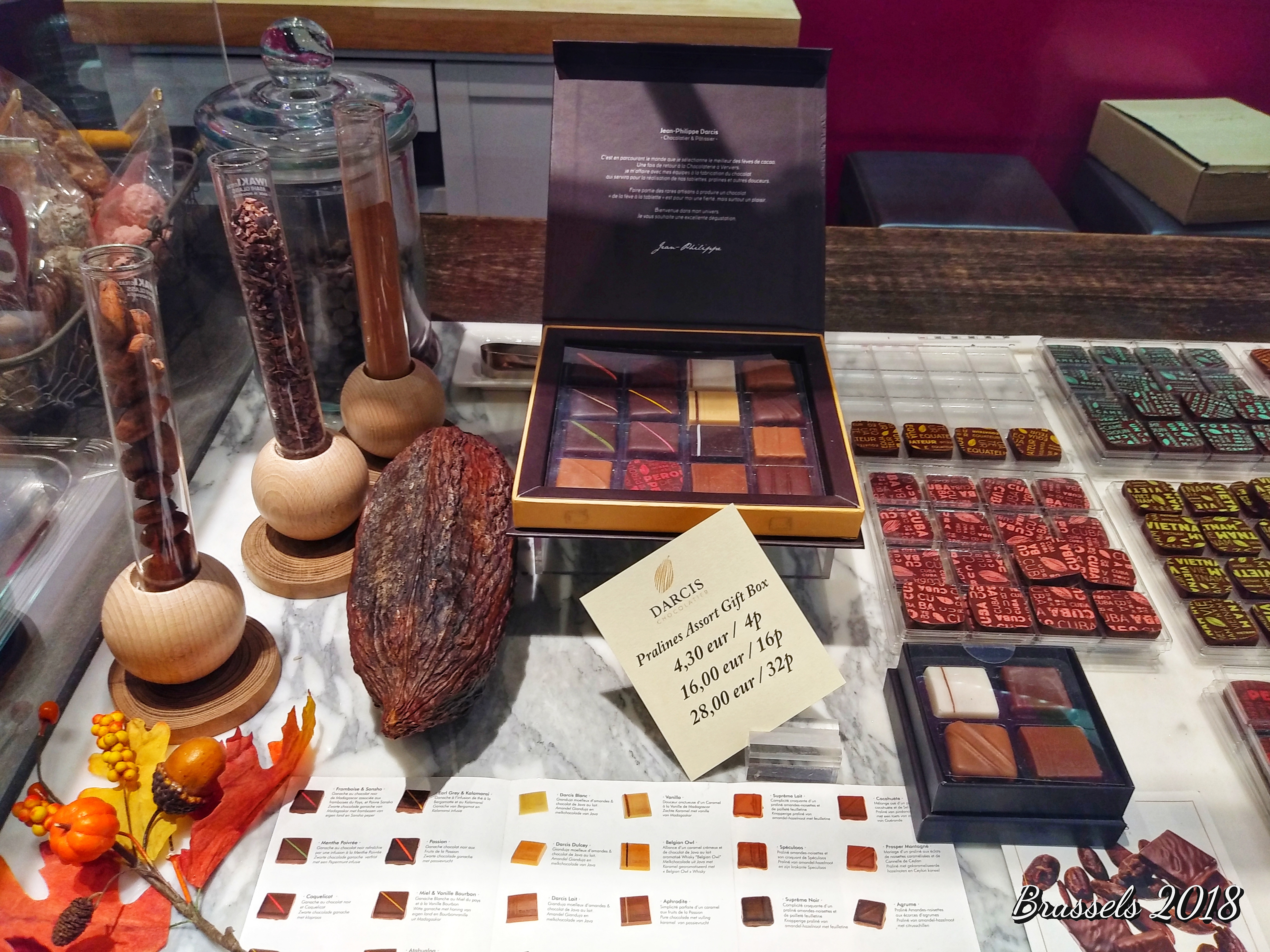
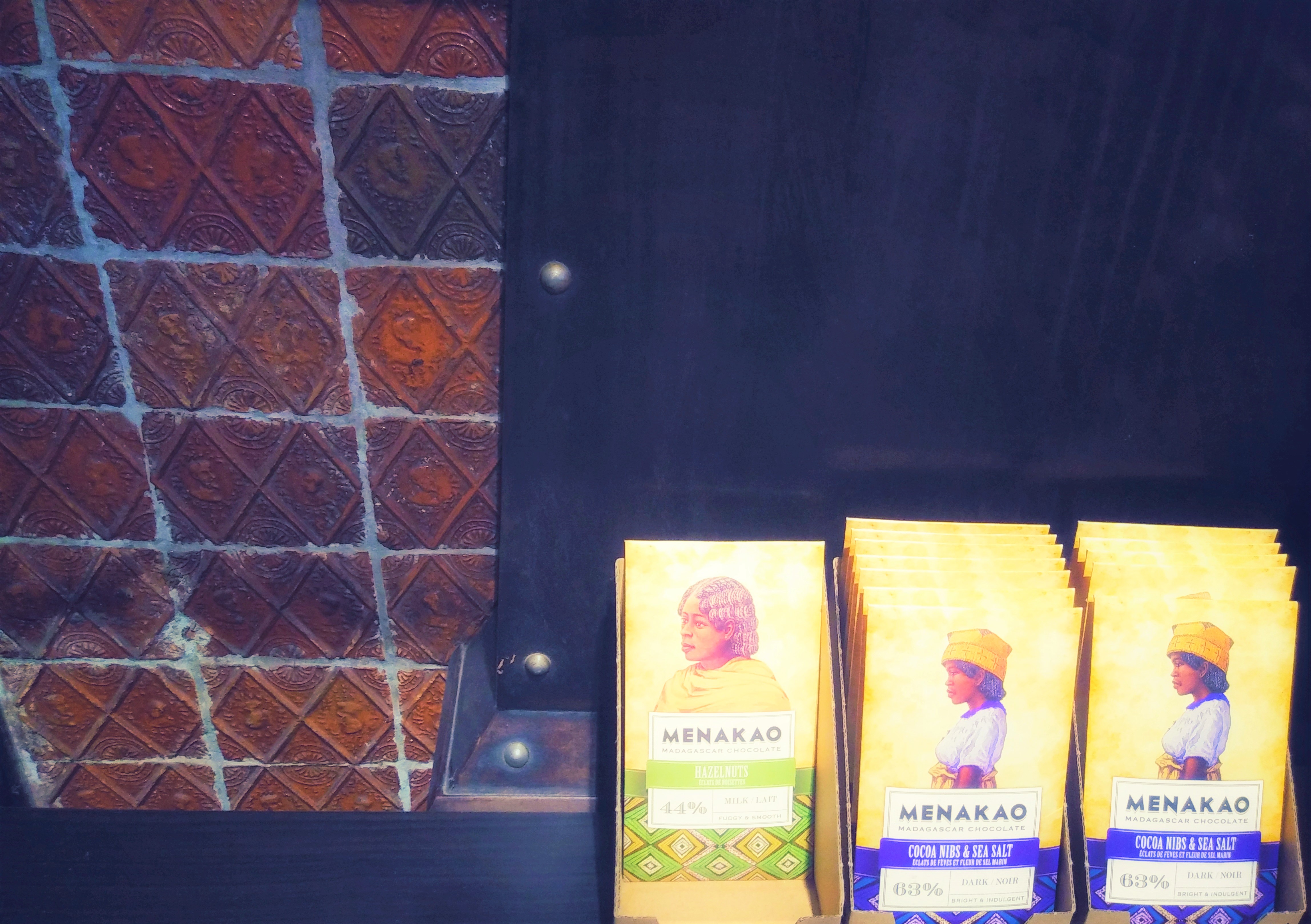
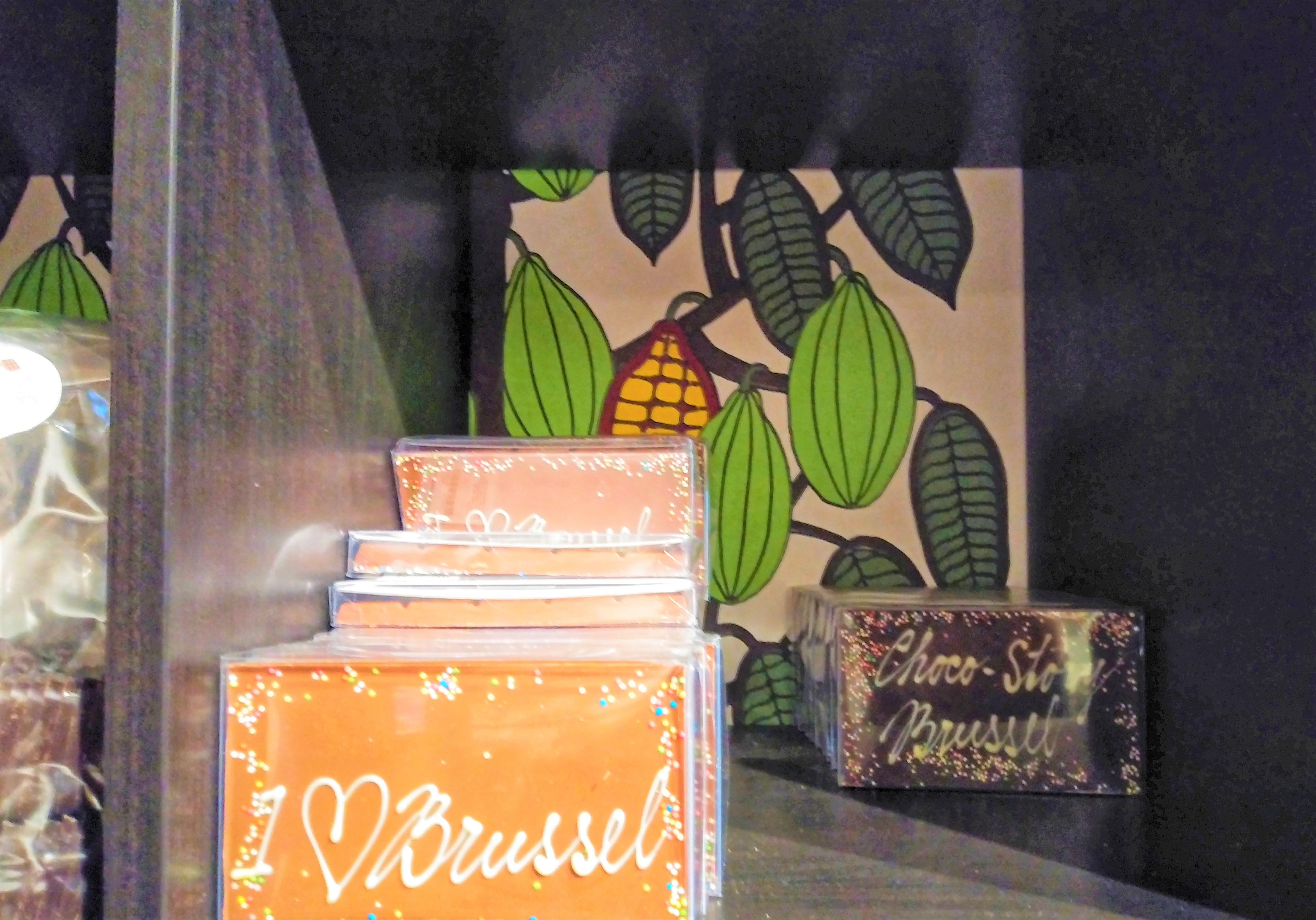
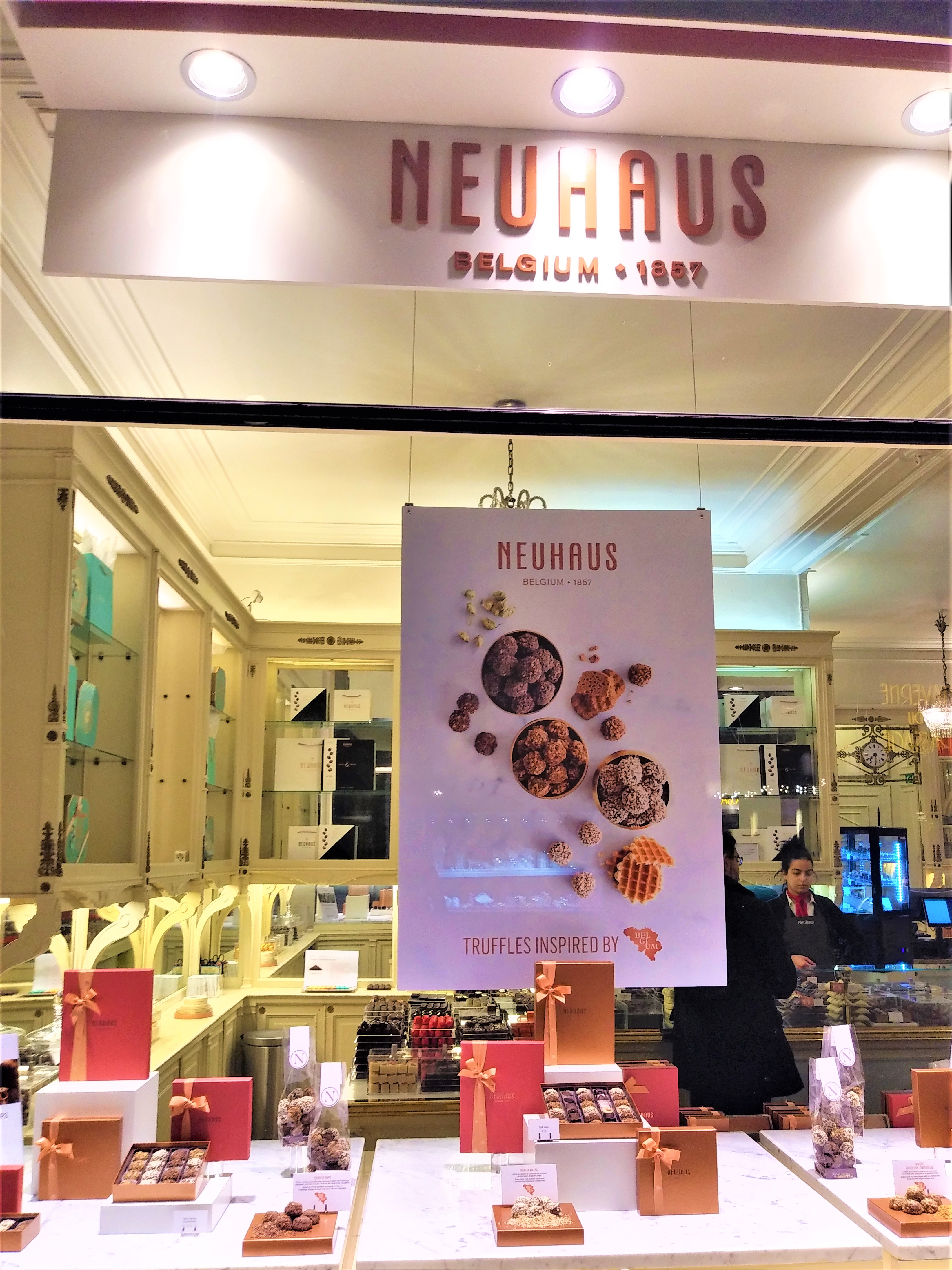
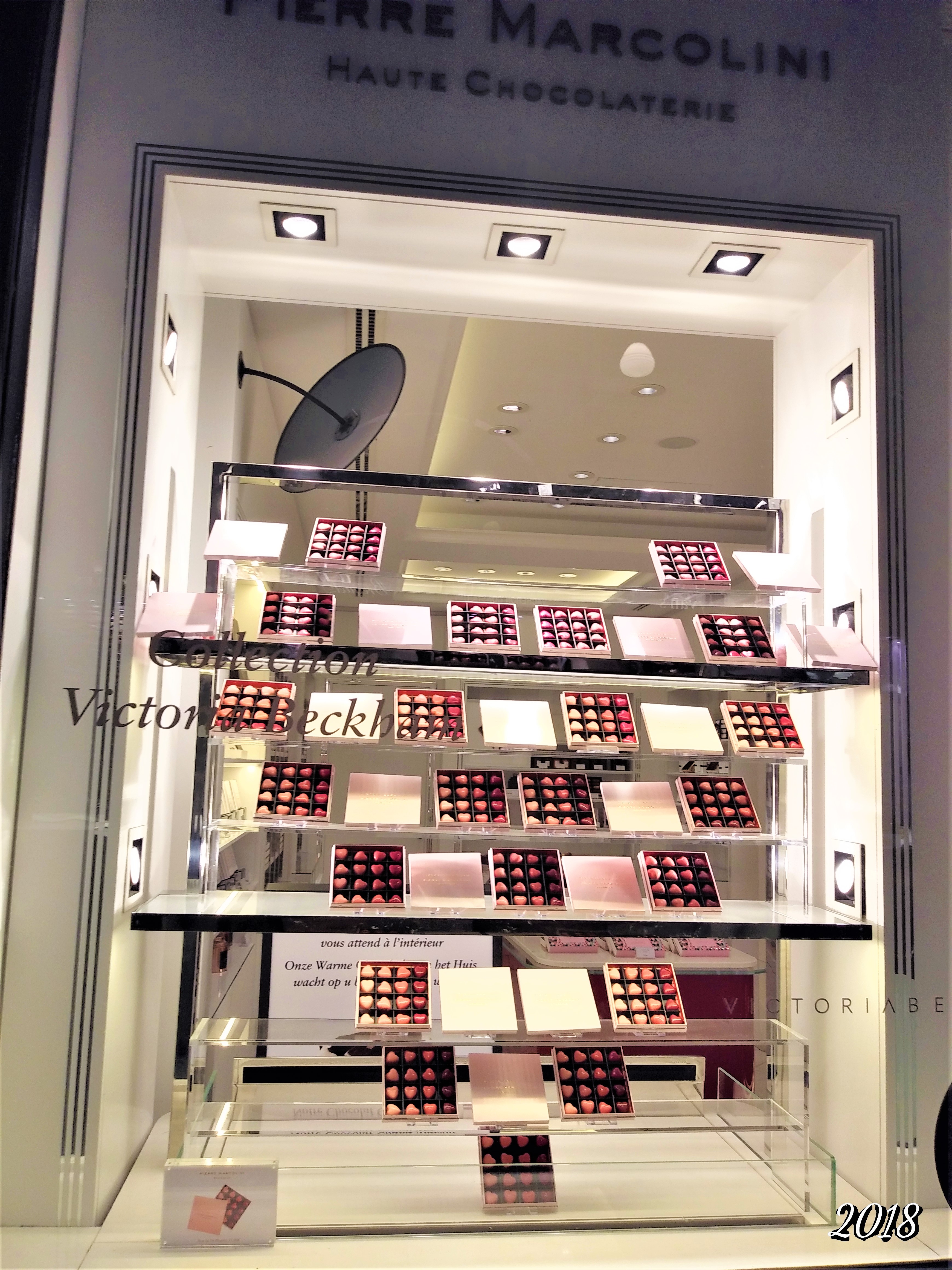
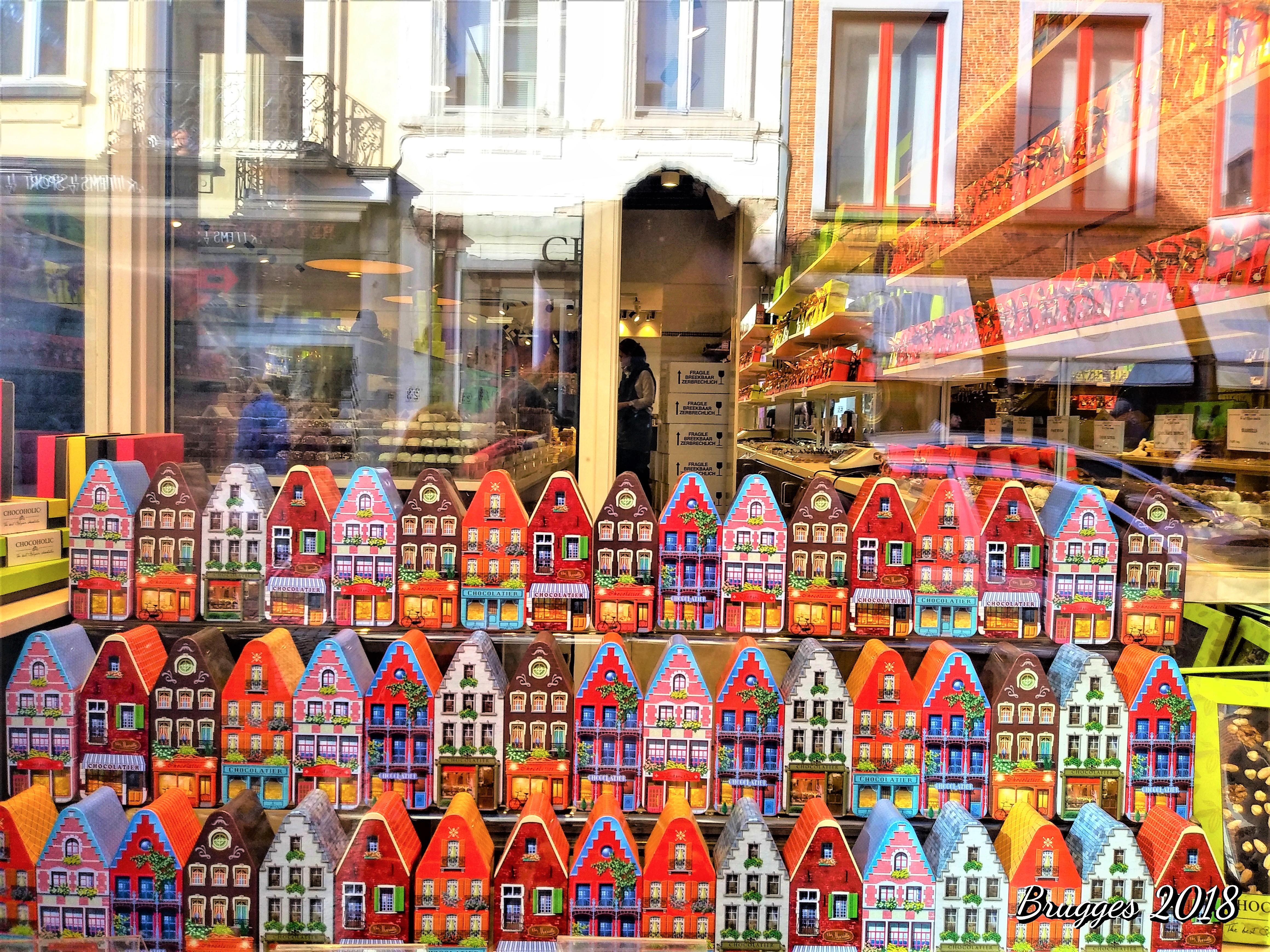
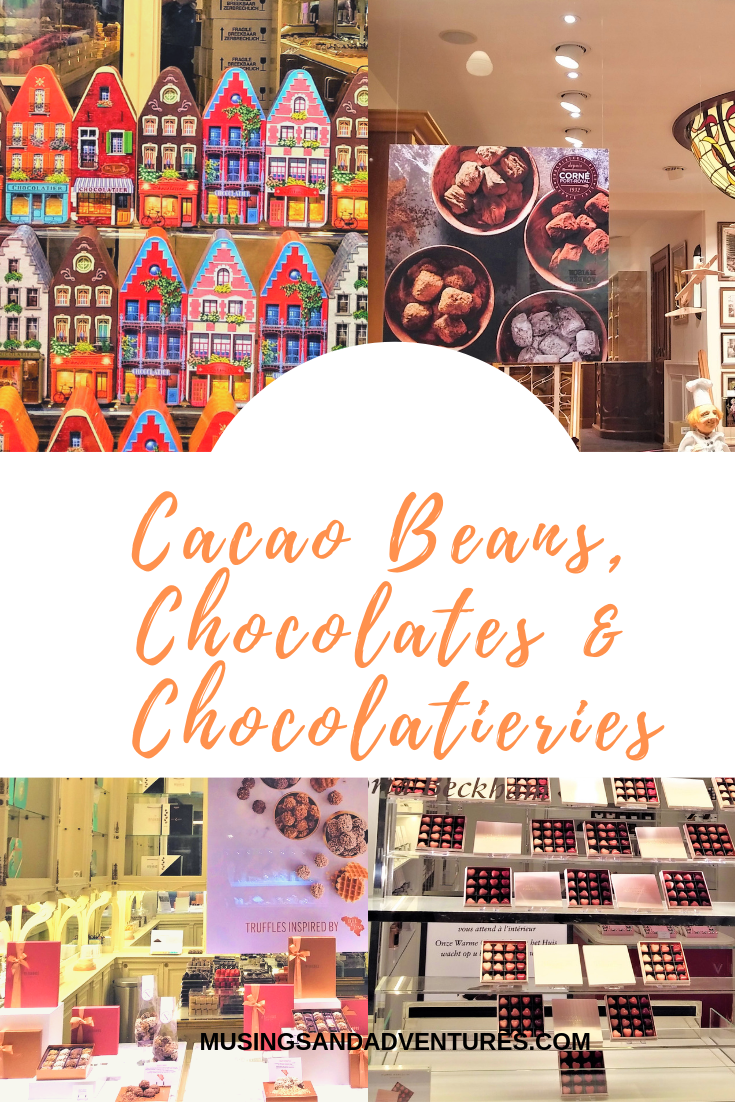
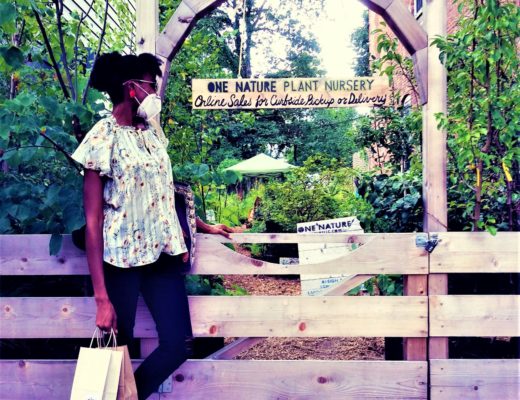
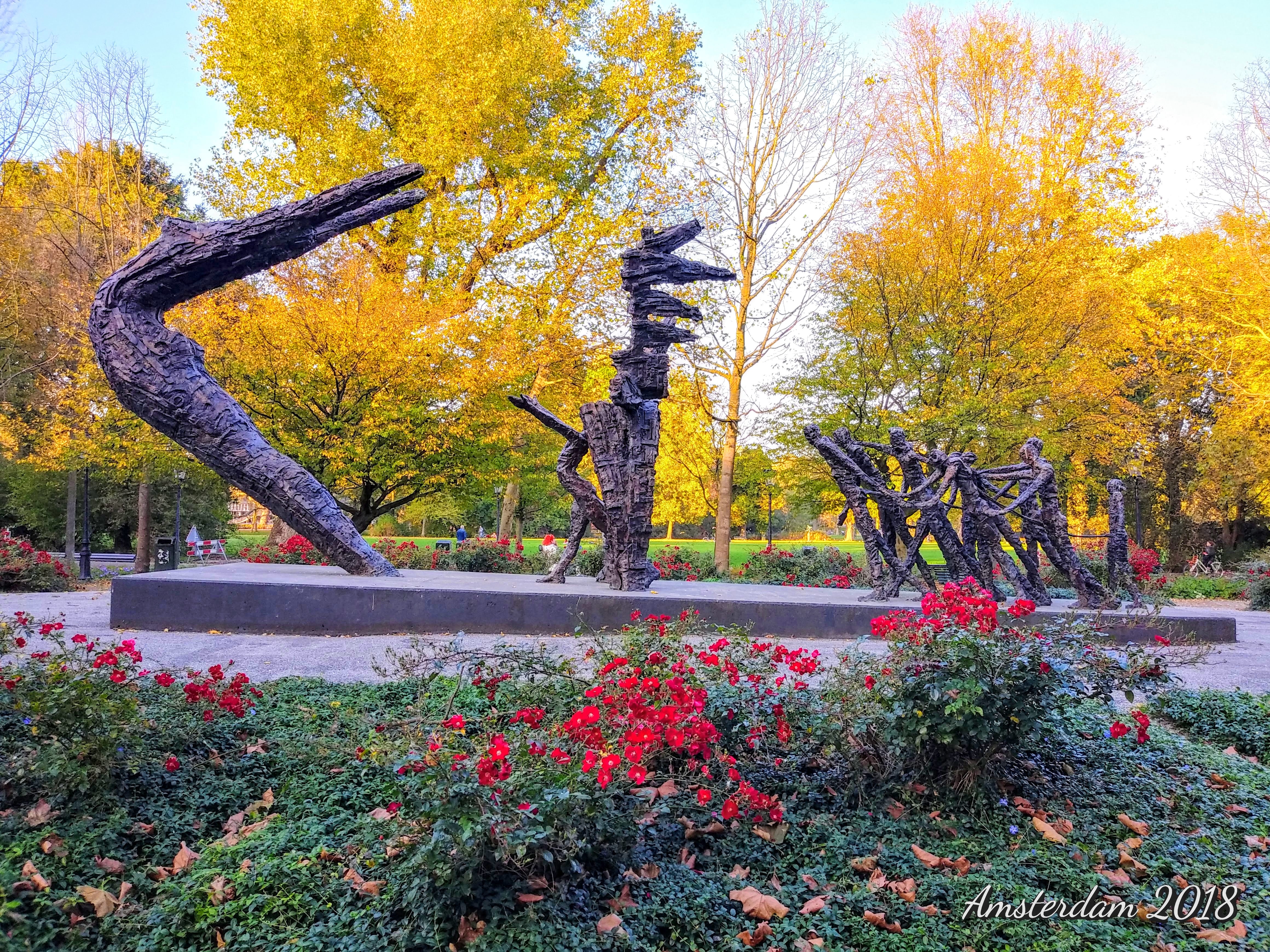
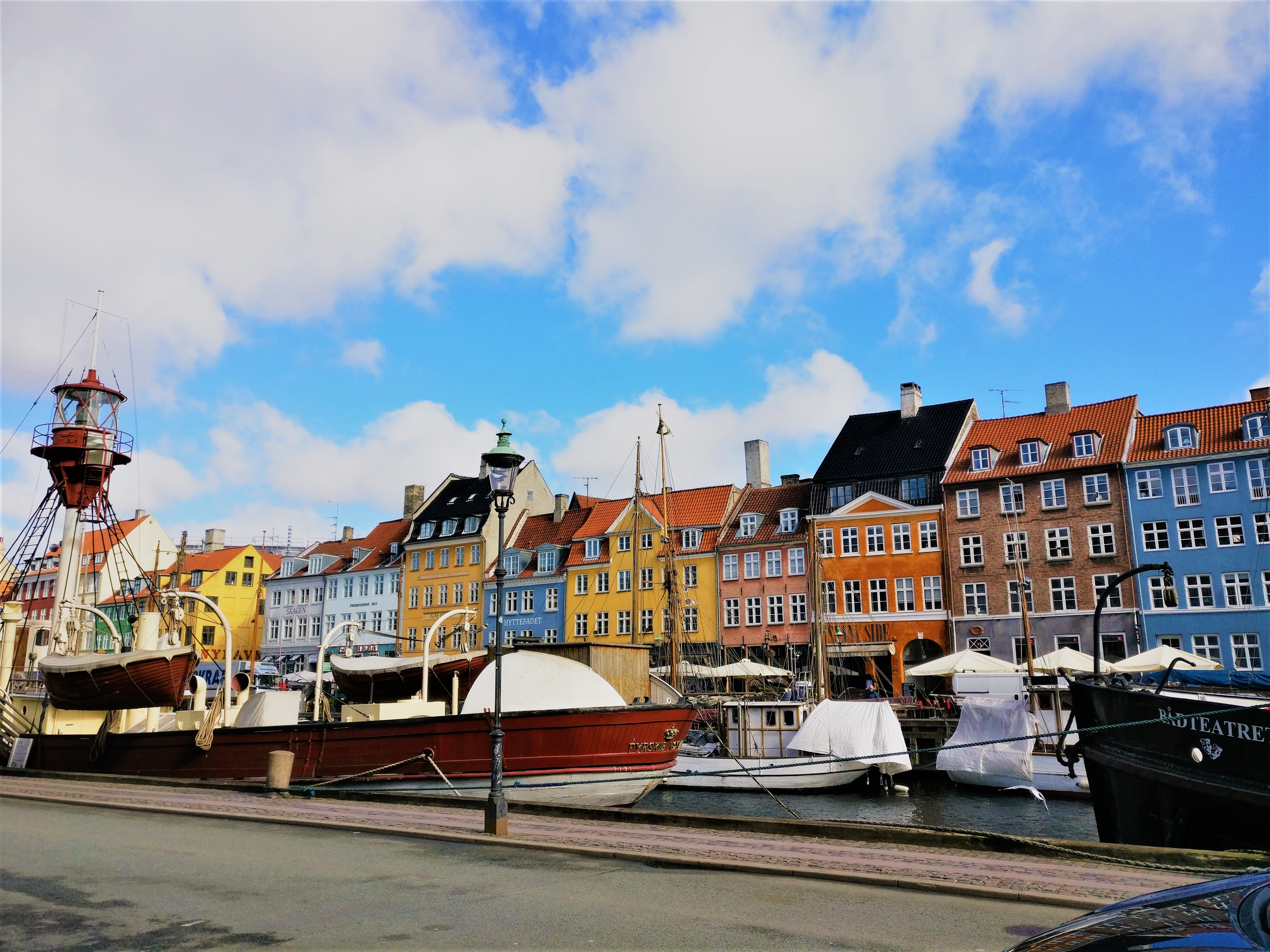

61 Comments
Sofia
March 1, 2019 at 6:09 pmmmmm wow! I’m ready to return back home with some more kgs more! Sounds a perfect place to visit!
admin
March 2, 2019 at 12:31 amI have carry-on of chocolates and waffles from Brussels and Amsterdam back to NYC lol.
Joan
July 10, 2020 at 5:11 pmI have learnt something new about chocolate, I am just used to eating it but it’s nice to know more about it. Didn’t really know it was used as a sedative, good to know.
admin
July 11, 2020 at 2:38 amYou’re welcome, Joan. There is a lot to chocolate.
Elizabeth
March 1, 2019 at 7:26 pmThis post is killing me- I became very allergic to chocolate three years ago. We can’t wait to visit Belgium with our boys and I know it will be so hard to be near all this chocolate and not have any! But I do not want our boys to miss out on the experience!!!
admin
March 2, 2019 at 12:30 amOh no, Elizabeth! Is it the milk you’re allergic to or certain ingredients or the cacao itself?? They have lactose and gluten-free chocolates in Belgium and even some cocoa-free sweets, though technically, they’re not chocolate.
Dani
March 1, 2019 at 9:15 pm“Food of the Gods” indeed! And now I’m very hungry for some chocolate. Those chocolate houses are so awesome!
admin
March 2, 2019 at 12:29 amRight!? Chocolate is really medicine.
Sarah
March 2, 2019 at 12:48 pmIt’s early in the a.m. and you have my mouth watering for chocolate! Cool history behind chocolate as well, thanks for sharing.
admin
March 3, 2019 at 12:54 amLols. Sorry Sarah. I was craving cacao as I was penning the post. I had to go make me some hot chocolate lol.
Brittany
March 2, 2019 at 2:31 pmI’m visiting Belgium this summer! Can’t wait! Awesome to know that they also accommodate people with lactose issues and such! Can’t wait to try the chocolate.
admin
March 3, 2019 at 12:53 amI was pleased to see too. Always inquire for lactose and gluten-free chocolates and other sweets.
Tina
March 2, 2019 at 6:33 pmyuuum Belgian chocolate is sooo delicious. Love the fun facts, so much I didnt know (even after my Belgium-trip last year lol) 😀
Liz Bayardelle
March 2, 2019 at 7:49 pmI am so glad you addressed the great chocolate Panic of 2018. I did actually see a bunch of internet articles about this, so it was good to hear that it isn’t actually the impending doom of everything good.
admin
March 3, 2019 at 12:51 amLmao best believe we were all panicked! Run out of chocolate?!?? Some of us have that as our only vice. Lol.
Louise
March 2, 2019 at 8:52 pmReally in need of some chocolate after reading this post! Can’t wait to visit Belgium and go on a chocolate tasting tour!
admin
March 3, 2019 at 12:50 amYou won’t regret it! My healthy eating was forgotten for 10 days lol
Aubree T Saulpaw
March 2, 2019 at 10:45 pmYummm! I love marzipan, I feel like it is completely underappreciated in the states!! Thanks for the yummy post!
admin
March 3, 2019 at 12:45 amYou might be right. I see them being sold and eaten more in Europe.
Kristine Nicole Alessandra
March 2, 2019 at 11:07 pmWhat an interesting read today. I love chocolate, but I do prefer dark chocolate with almonds. (Yum!). My grandmother had a cacao tree in her backyard and she would make her own cacao balls and stored them in mason jars. Those cacao balls made the best hot chocolate drinks ever! Chocolate treats are the best invention in the culinary world.
admin
March 3, 2019 at 12:45 amHer own cacao tree?? What a unique childhood you had! Definitely top 5 best invention.
Monidipa Dutta
March 3, 2019 at 1:25 amI love chocolates. Especially Belgium and Swiss. And this one is so yummy. I’ll love to put on more weight.
Yukti
March 3, 2019 at 9:04 amBelgian chocolates are my favorite and would love to know many cacao varieties too. Those chocolate houses are really very beautiful and colorful.
Richa
March 3, 2019 at 1:34 pmSuch a lovely post – it was like walking down the memory lane! Belgium with its medieval towns and Renaissance architecture is absolutely stunning. My favourite place in Belgium is Bruges. I think it is a Postcard picture perfect. My kids had loved visiting the chocolate and fries factory and eating the home made ice creams… we are in love with the cobbled streets 🙂
admin
March 3, 2019 at 10:46 pmRight?? I loved Bruges too but didn’t have time for the chocolate factory. Next time.
Laura Dove
March 3, 2019 at 9:57 pmOh this was so interesting! I am a big chocolate lover and this was so interesting to read and learn more about it! Marzipan is my absolute favourite!
admin
March 3, 2019 at 10:44 pmGlad you loved it Laura! I think world peace can be achieved with chocolate lol
Nina Nichols
March 4, 2019 at 1:15 am“Currently, there are more than 320 chocolatieries in Belgium”
NOW, that’s more than enough reason for us to include Belgium in our travel itinerary! Everything is doable with chocolates. lol
David Elliott
March 4, 2019 at 3:06 amSuch a rich history of Chocolate. And of course they do it as well as anyone in Belgium. I know my daughter would love to read this. I will have to share it with her.
Daniel
March 4, 2019 at 1:13 pmAs a big chocolate lover, this was very interesting to read and learn more about it! Those colorful chocolate houses look so cool!
Elizabeth O
March 5, 2019 at 7:32 pmI’ve always found the world of cocoa and the varieties of chocolates quite fascinating. It is a veritable world of taste and preference. I eat my share and then I worry. Hahaha
Cynthia / Adventuring Woman
March 5, 2019 at 11:32 pmLovely post dedicated to one of my favorite things, chocolate. I didn’t know much about Belgian chocolate or the history so you really educated me. I am crazy about marzipan, I think chocolate-covered marzipan is the best, plain marzipan candies can become rather dry. This seems like a different praline than the kind famous in the Southern U.S.?
admin
March 6, 2019 at 3:02 amThanks Cynthia!xxxx I haven’t tasted pralines from the South but if they significantly veer from the original, then… I love choco-covered marzipan too! Basically, anything chocolate and I’ve just discovered the magic that is melted chocolate in a smoothie bowl. Mmmmnnnn…
Viano Dee
January 20, 2020 at 12:33 pmWow! This is some rich history. As a chocoholic I find this very interesting. Good thing chocolates are going anywhere anytime soon.
admin
January 22, 2020 at 4:13 amLol i’m such a sweet tooth so this was very fun to write.
Grimaldo
January 20, 2020 at 3:40 pmI love chocolate, especially dark chocolate. I have just started a diet yesterday, so I won’t see any until summer!
admin
January 22, 2020 at 4:13 amStick to it lol
Kristine Nicole Alessandra
January 20, 2020 at 6:12 pmYou made me crave for chocolates so bad, just by reading this post. I wish I had some here at home but I am currently staying away from sweets because my blood glucose levels are out of whack again. Hopefully, after three months I can enjoy my favorite dark chocolate treats again, but this time I will do it in moderation. 🙂
admin
January 22, 2020 at 4:11 amDark choc is healthy…at least that’s what they say. Lol.
Melanie williams
January 22, 2020 at 12:27 pmOh wow this looks like a fab place to visit. So much lovely chocolate and yummy things
nina
January 24, 2020 at 12:42 amI love chocolate !!! this is indeed heaven !!!!!!! I have a sweet tooth! I would love to go to Belgium one day
Di Hickman
July 11, 2020 at 5:34 pmoooh I love chocolate! My favorite is the 100% cacao with almonds and salt by Montezuma. Seriously good. I know dark chocolate is a controversial topic, love it or hate it. But it’s the keto dream chocolate!
admin
July 12, 2020 at 9:14 amLol not controversial for me. I love dark chocolate so long as it is not bitter. I tried an organic, bitter one and it was not my taste at all.
Michael
July 13, 2020 at 6:06 amI just ate lunch right now but seeing those chocolates made me hungry again! well, desserts usually have their own spaces in our tummies right? hehe
blair villanueva
July 13, 2020 at 12:41 pmI love chocolates, especially those dark chocolates. I always paired them with my coffee. Belgian chocolate are one of the best.
Lyosha
July 13, 2020 at 5:14 pmGreat guide! When we’ve been to Brussels we have spent a day trying out different chocolates under a guide of our local friends. it was fantastic!
admin
July 13, 2020 at 10:14 pmIn Belgium, I lived on waffles, ice cream, frites and chocolates as my main diet lol
Viano
July 13, 2020 at 8:39 pmI’m a chocaholic and I found this very interesting. “Chocolate drinks were often given as a sedative to ritual victims right before sacrifice” What?! Who knew?
admin
July 13, 2020 at 10:13 pmThat shocked me too when I found out. Makes sense since it is the “food of the gods”
Clarice
October 22, 2020 at 4:47 pmThank God we are not running out of chocolate. Thank you too for sharing this great article about chocolate and chocolatiers. I learned something new today. Hope to visit the Choco-Story Museum in Brussels someday.
Emma
February 2, 2021 at 8:01 pmI know I love chocolate, and I know I love Belgium because I love chocolate, but I had no idea about the history of chocolate in Belgium. Fascinating post. I must have left Belgium with so much chocolate when I visited, I couldn’t get enough
admin
February 9, 2021 at 7:16 pmLOL! I stuffed my tiny box and tote bag with as many boxes as could fit in.
Alison
February 2, 2021 at 8:08 pmPerfect post for a chocoholic. The chocolate is one of the many reasons I love Belgium. I loved walking down some of the streets in Bruges and smelling the chocolate in the air. I need to go back!!
Bernie and Jess Watt
February 2, 2021 at 10:22 pmI’d happily debate someone as to which is better, Swiss or Belgian chocolate – I say Belgian for sure. This goes really in depth. I bet you had to do plenty of “research”.
admin
February 9, 2021 at 7:15 pmLmao one research I didn’t whinge about in my entire life! Swiss chocolate is equally as good. Lindt and Laderach…hmmmn
Vinn
February 3, 2021 at 11:37 amWow! This post is giving me a kind of “high”. LOL! I am a chocolate lover too. It is great knowing the history of the things we love. I am curious about Leonides chocolate.. 😉
kasia
February 4, 2021 at 7:38 pmI’m not a huge fan of chocolate, but I did enjoy the one in Brussels. I didn’t have a chance to visit the chocolate museum but will definitely be adding that to my list! Great post 🙂
Clazz - An Orcadian Abroad
February 7, 2021 at 9:14 pmI never realised Cote d’Or was Ghana’s name, that makes so much sense now. Interesting post – I wonder what the impact of climate change will end up being on the production of cocoa beans and their contribution to these countries’ economies? Yet another thing to ponder about what could change in the future.
admin
February 9, 2021 at 7:13 pmThat’s it. Climate change will definitely affect cocoa crops resulting in negative socio-economic conditions here.
John Quinn
February 8, 2021 at 12:13 amThis definitely brought back fine memories of my own visit to Belgium. I could have eaten my way through every chocolate shop I saw. So damn good. I regret not going to the Choco story now though. Would have been interesting.
admin
February 9, 2021 at 7:12 pmLol If not for hand luggage I brought, Lord knows I would’ve stuffed my bag lol